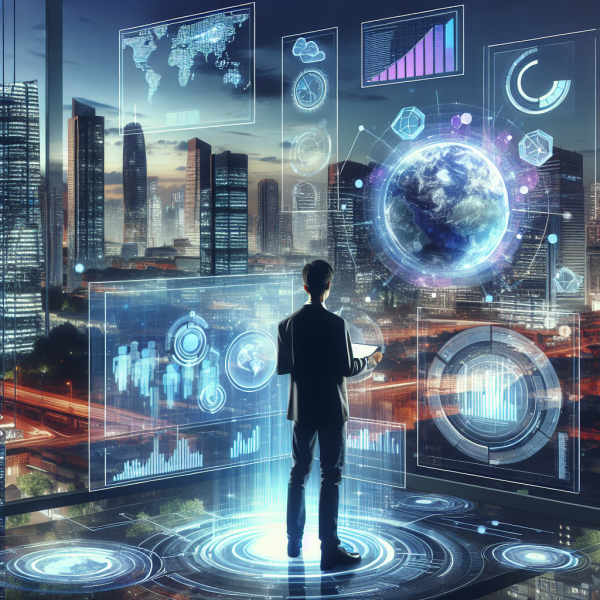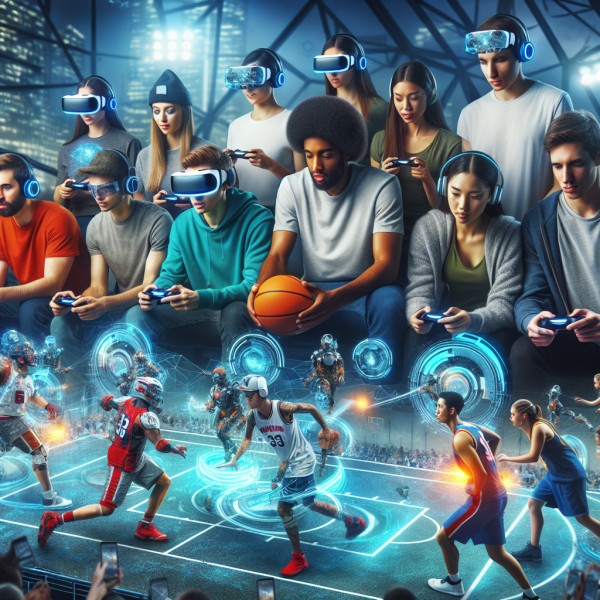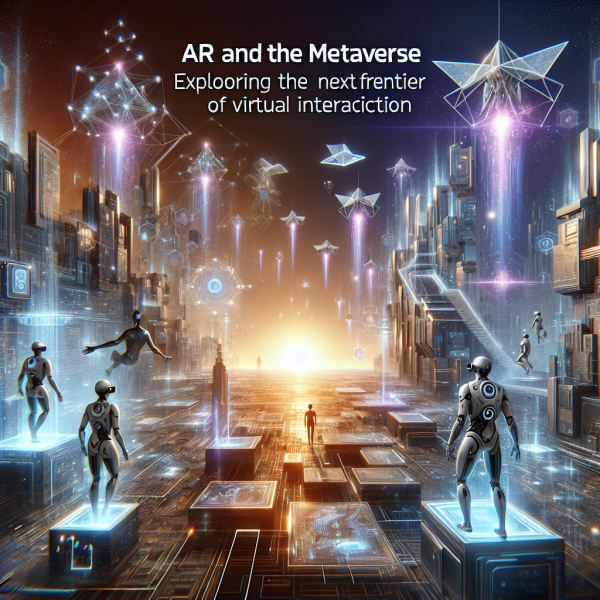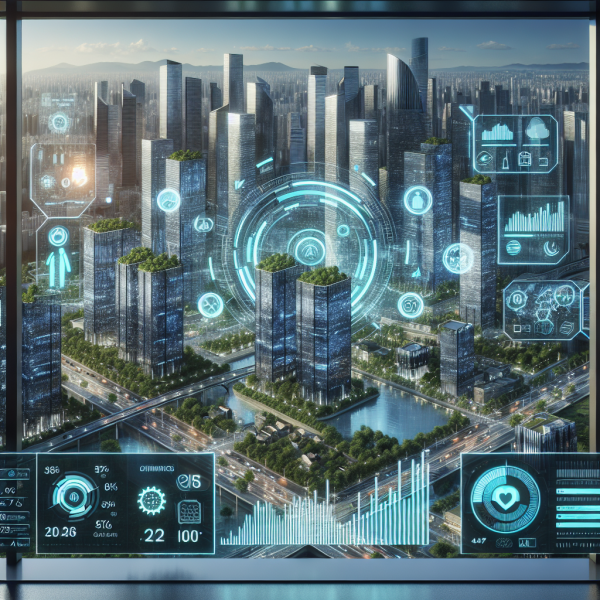Smart Homes, Smart Cities: How IoT is Transforming Our Lives in 2023
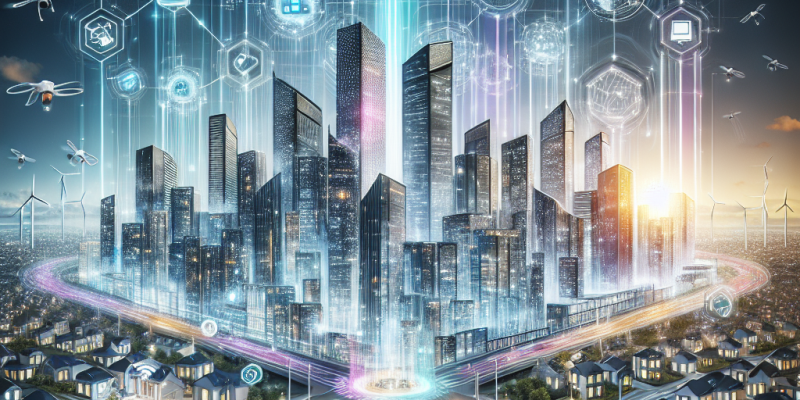
Smart Homes, Smart Cities: How IoT is Transforming Our Lives in 2023
The Internet of Things (IoT) has rapidly transformed our everyday experiences, revolutionizing not just the way we live in our homes but also how cities function. As of 2023, smart homes and smart cities have become critical components of modern life, harnessing the power of connectivity to enhance convenience, efficiency, and sustainability. This article explores how IoT is reshaping our interactions with our living spaces and urban environments.
The Evolution of Smart Homes
In 2023, smart homes have transitioned from novelty to essential living spaces. IoT devices, which interconnect through wireless networks, enable homeowners to manage various systems remotely, creating unparalleled convenience. Smart lighting, thermostats, security systems, and appliances are now commonplace, all tuned to provide real-time information and user-friendly control.
Energy Efficiency and Sustainability
One of the most significant impacts of smart home technology is its contribution to energy efficiency. Smart thermostats learn users’ preferences and daily routines, automatically adjusting temperature settings for optimal comfort while reducing energy consumption. Smart lighting solutions can be set to turn off when someone leaves the room or adjust brightness based on natural light available. In 2023, many homeowners are also integrating solar panels with IoT technology, allowing for better monitoring of energy production and consumption, thus promoting sustainability.
Enhanced Security
Security remains a top priority for homeowners, and smart home technology is addressing this concern effectively. Advanced surveillance systems, smart locks, and alarm systems can be managed via smartphones, granting users peace of mind. Facial recognition technology and remote monitoring have made it easier for homeowners to secure their properties and manage access points from anywhere in the world.
The Rise of Smart Cities
Alongside the evolution of smart homes, cities worldwide are implementing IoT-driven solutions to enhance urban living. Smart city initiatives leverage data and connectivity to improve transportation, reduce energy consumption, enhance public safety, and promote a higher quality of life.
Intelligent Transportation
As cities grow, so do traffic problems. In 2023, smart cities are adopting intelligent transportation systems (ITS) that use IoT devices to monitor traffic flow, optimize signal timings, and reduce congestion. Real-time data on public transportation systems allows residents to plan their journeys more efficiently. Furthermore, municipalities are investing in electric vehicle (EV) charging infrastructure and integrated mobility solutions to encourage sustainable transportation alternatives.
Waste Management and Environmental Monitoring
Smart cities are also improving waste management through IoT technologies. Smart bins equipped with sensors can alert city services when they are full, optimizing collection routes and reducing fuel consumption. Additionally, environmental monitoring systems track air quality and noise levels, providing valuable data for city planners and public health officials.
Improving Public Safety and Resilience
Public safety is enhanced through connected infrastructure. IoT-enabled surveillance cameras and emergency response systems allow law enforcement to monitor areas more effectively. Smart streetlights equipped with sensors can detect unusual activities or emergencies and alert authorities in real time. Furthermore, resilience against natural disasters is bolstered by IoT systems that monitor weather patterns, seismic activity, and infrastructure integrity, enabling cities to prepare better for emergencies.
The Challenges Ahead
While the advancement of smart homes and cities promises numerous benefits, it is not without challenges. Concerns regarding privacy and data security remain paramount as more devices become interconnected. Vulnerabilities in IoT systems can lead to potential breaches that endanger personal information and vital infrastructure. Ensuring robust cybersecurity measures and establishing regulations will be essential as we embrace this IoT-driven era.
Conclusion
In 2023, the fusion of smart homes and smart cities demonstrates the transformative power of the Internet of Things in redefining how we live and interact with our environment. As households become more efficient and cities embrace intelligent solutions, the overall quality of life is improving significantly. However, as we drive toward a more connected future, stakeholders must prioritize the security and privacy of users to mitigate risks. The journey of integrating IoT into our daily lives is just beginning, and its potential to shape a more sustainable, efficient, and user-friendly world is limitless.

